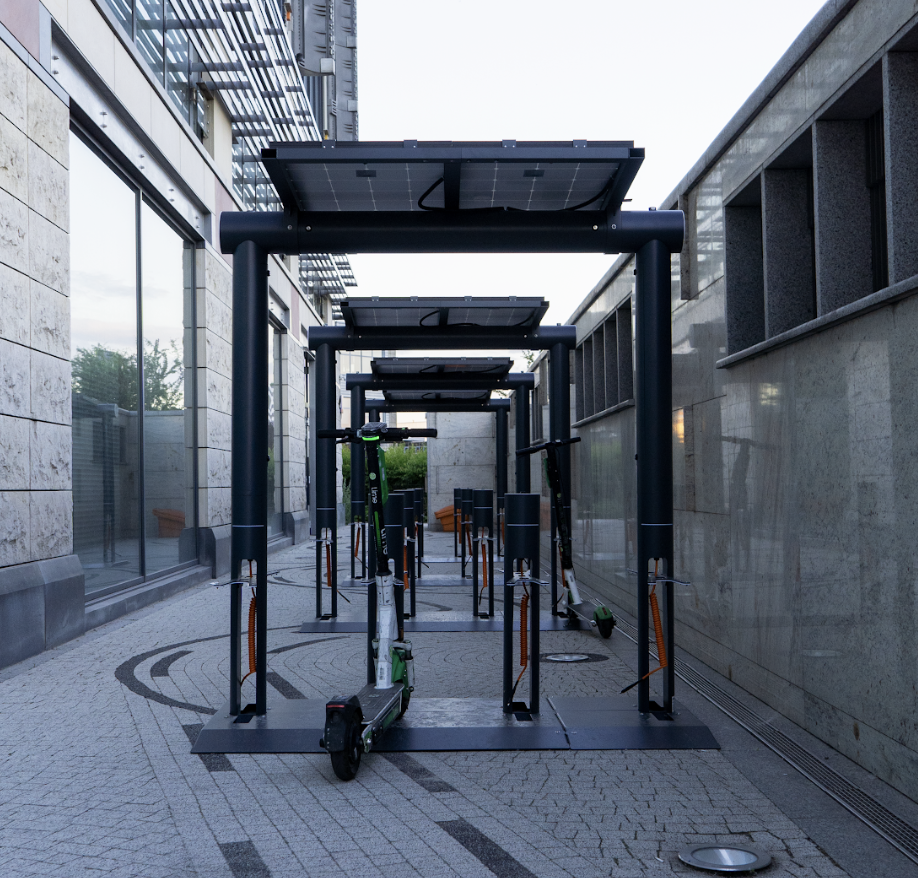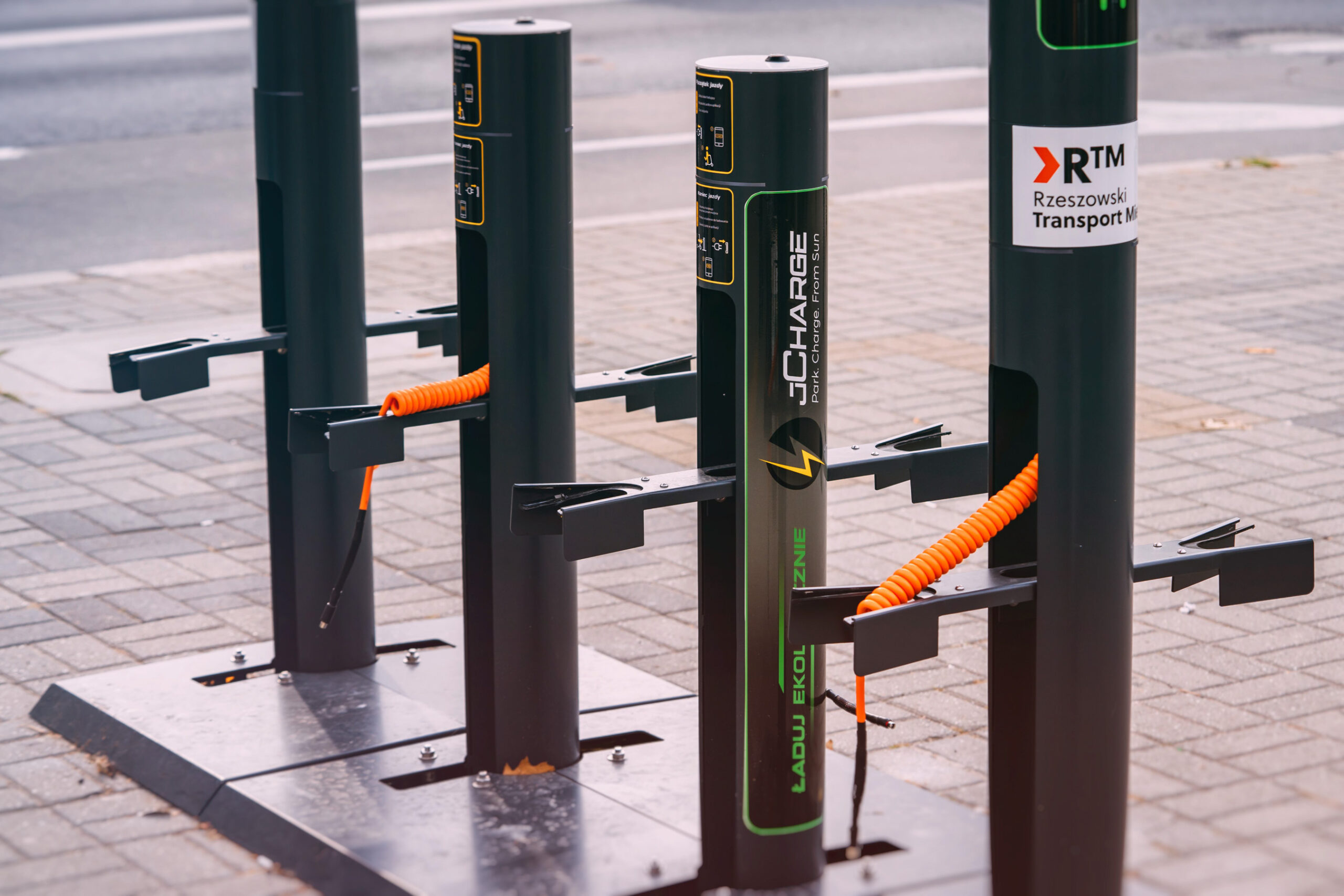The European population still predominantly relies on private vehicles for mobility, with 50% using them daily, while public transport and bicycles are utilized by only 16% and 12%, respectively according to independent reaserch.
The European population still predominantly relies on private vehicles for mobility, with 50% using them daily, while public transport and bicycles are utilized by only 16% and 12%, respectively according to independent reaserch.


That is one of the many reasons why we created jCharge, to mitigate the chaos and congestion caused by cars in dense urban environments. Our stations if implemented correctly can encourage people to switch from a regular car to an electric scooter, thanks to the ease of use.